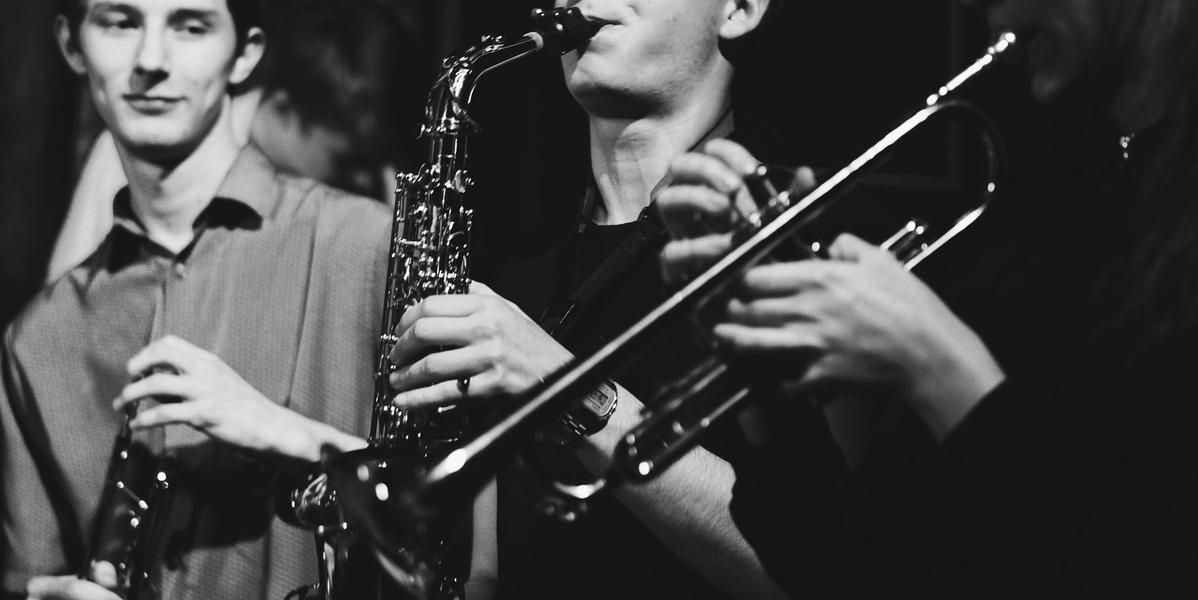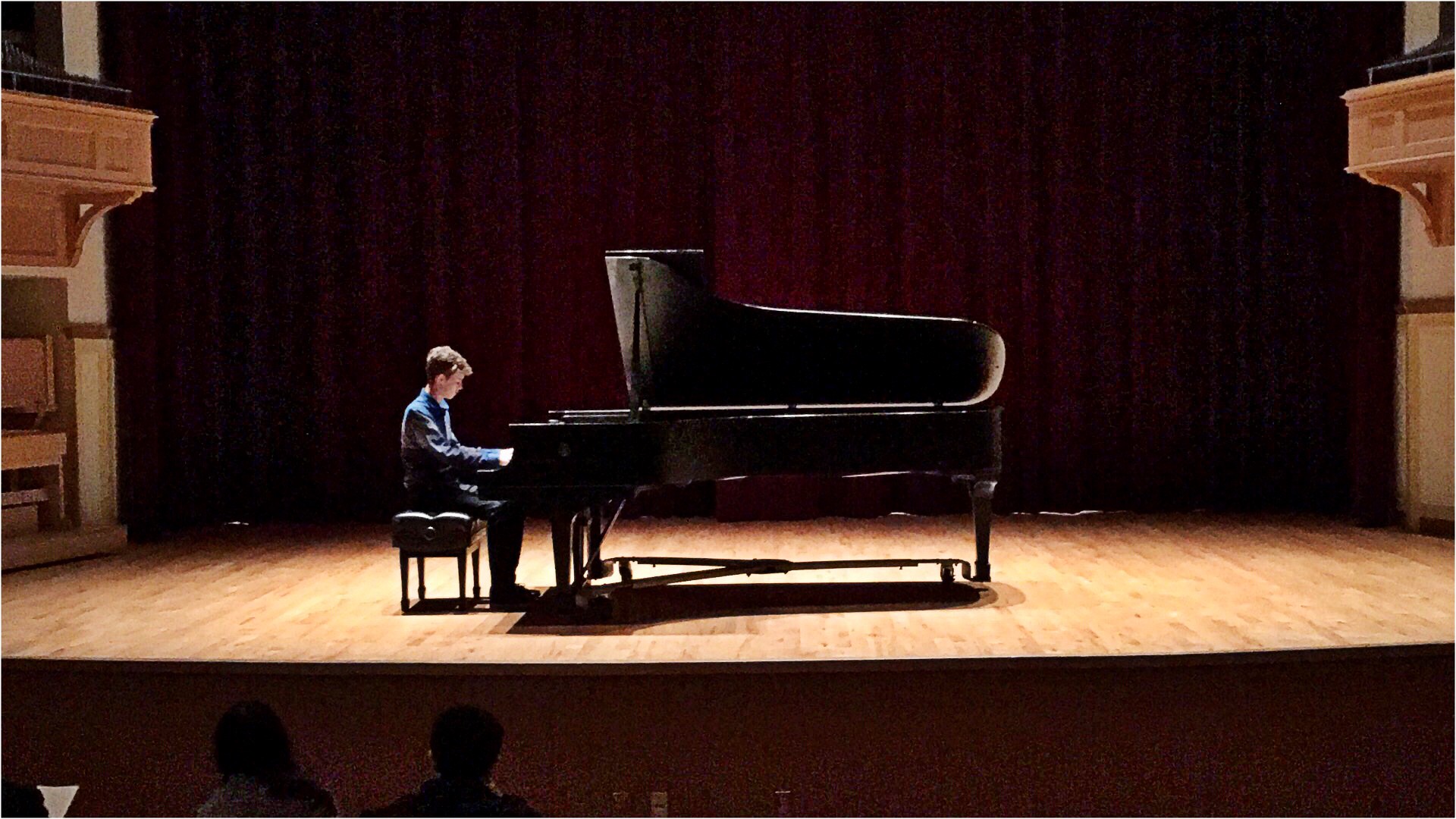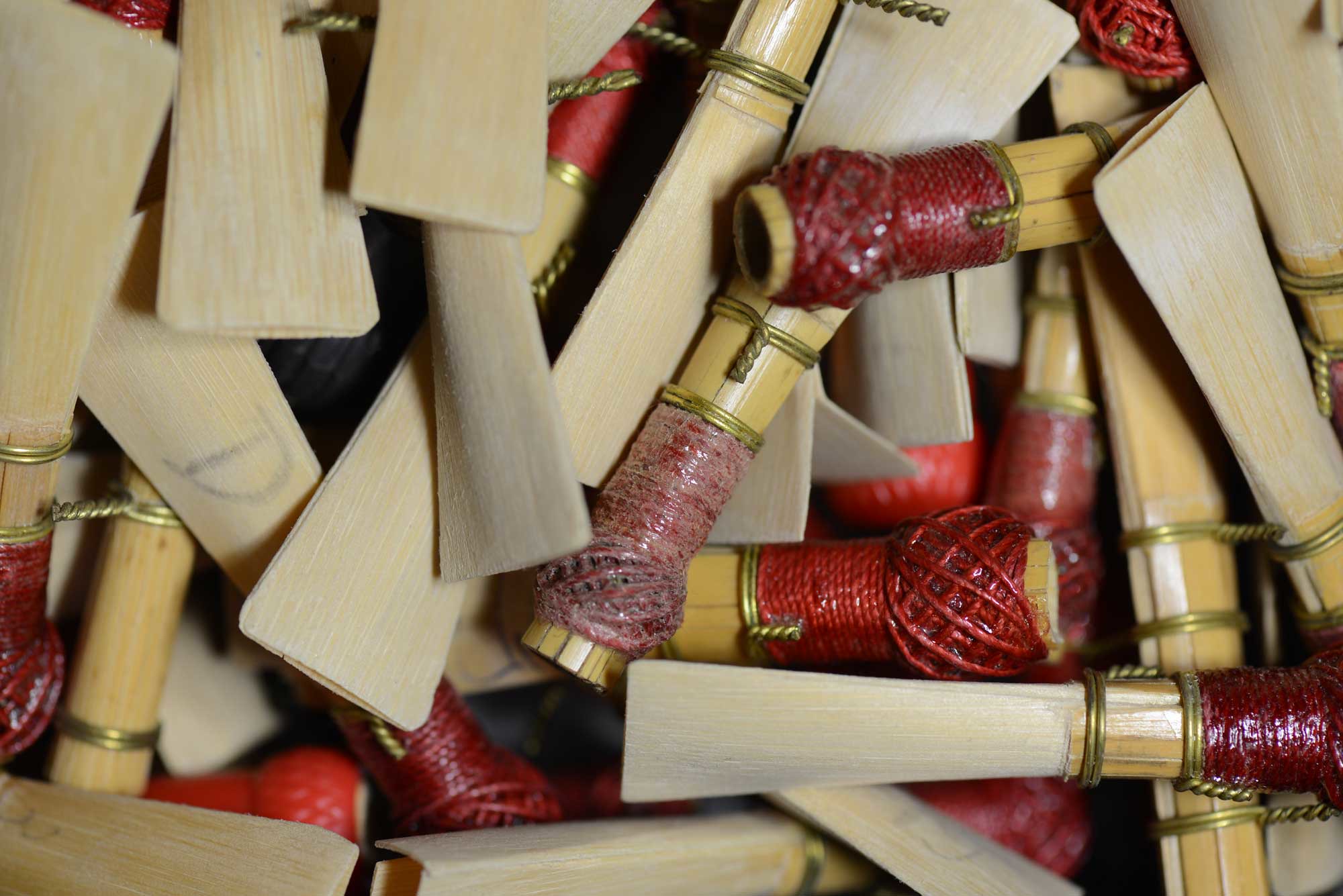What is embouchure? If you’re thinking this odd word music term looks foreign, you’d be right! Read on to find out all about how we use it to make sound!
What is Embouchure?
The word embouchure comes from the French word ‘bouche’, which means mouth. Embouchure is the way we form our facial muscles, and use our teeth, and tongue to create sound on a wind instrument.
How does it work?
It’s a muscle! So, just like other muscles in your body, embouchure muscles take time and frequent exercise to develop. These small muscles are especially important for playing in higher ranges of instruments. Frequently, the range of your playing will increase with your embouchure strength. Let’s look into some embouchure fast tips.
Fast Tips
Here are some general tips to improve embouchure:
- Keep an open throat
- Stay relaxed
- Play confidently
- Don't overcompensate and use too much embouchure muscle (you might just need more air)
These four bullet points are helpful for the embouchure of all players, regardless of which member of the wind family you play. Playing confidently yet relaxed will help activate the facial muscles in an optimal way. Keep in mind that using too much muscle or tension can be detrimental for your playing in the long run.
Here’s a video on embouchure and relaxation! While this video is made for brass players, I think it has valuable information for all wind instruments, especially regarding tension and stress. Check it out!
Strengthening Exercises
To develop embouchure strength, all wind instruments can benefit from the practice of long tones. A long tone is exactly what it sounds like: a note that you hold onto for extended periods of time. This helps with tone quality as well. Tone quality and embouchure are best friends. Now, let's talk more about how we can exercise our musical muscles.
All wind players can try muscle-building exercises. An exercise that flutists often use is called the Monroe Minute, but this can be used on any wind instrument. This is a helpful exercise that I learned from my college professor from the Toledo Symphony. (To learn more about the flute embouchure, check out this Notestem article!)
To play the Monroe minute:
- Set you metronome at 60
- Pick a note you want to improve the sound of
- Play the note for 10 seconds/beats using the follow dynamics (in no particular order)
- Forte
- Forte decrescendo-ing to piano
- Piano crescendo-ing to forte
- Piano
- Piano to forte back to piano
- Forte to piano back to forte
For more advanced players, you can turn on your tuner as well, to make sure you’re keeping the embouchure muscles firm and not going flat in the piano sections. I recommend starting with just one Monroe Minute a day. This exercise is more taxing than it sounds in theory!
Brass players often use exercises called lip slurs to improve tone and embouchure. Lip slurs are performed by holding down the same fingering, while using their air and embouchure to slur up and down to notes in that harmonic series. To read more on brass embouchure, check out ‘Building Your Trumpet Embouchure’.
Troubleshooting Embouchure Problems
Worries your embouchure isn't cutting it? Here are some tips and common ways to find out what is going wrong with your embouchure!
There are several things that can go wrong with a players embouchure. One of the most common is embouchure overuse. If you wear out your muscles and form incorrect embouchures, you can end up with Embouchure Overuse Syndrome! That’s why it’s recommended to do small amounts of long tone practice (for example, one Monroe Minute a day), and gradually work your way up.
From time to time, players can actually forget how to form the embouchure. This is known as Embouchure Dystonia, and is actually neurological. However, this is very rare. If you’re interested in music and the brain, try out the book Musicophilia by Oliver Sacks!
Lastly, let’s look at some more common things that can help us fix embouchure troubles:
- Use a mirror
- Ask a teacher
- Listen for Escaping Air
Using a mirror can help you see what you’re doing. This is because when you’re playing your instrument alone in a practice room, you might not be able to feel what’s changed. Using a mirror, however, you’ll likely be able to see it!
If the mirror doesn’t help, try asking a teacher. Chances are, your private instructor or band director has some tips and tricks for getting a better tone, such as changing the vowel you’re using, changing your upper lip to lower lip ratio, and adjusting tongue placement.
Another thing you can do is listen for escaping air. You’ll know when this is happening, as the sound is very obvious. If you’re losing air, be it on a reed instrument or brass instrument, the tension of your muscles/corners probably needs to be adjusted.
Whether you’re a teacher or a student trying to troubleshoot embouchure, remember that everyone has different features. Teeth shape, lip shape, and lip size varies widely for individuals. This is important for both educators and students to keep in mind when thinking of embouchure.
Instrument Families
As you probably know, the wind families are categories at large into woodwind and brass. This can be broken down further. Woodwinds can be separated into flutes (no reed), single reeds (clarinets, saxophone family), and double reeds (oboe, English Horn, Bassoon..). The way you’d form an embouchure for these different instruments varies greatly.
For example, in the brass family, all brass instruments buzz their lips against a mouthpiece. Double reeds activate both lips by rolling them in and pressing them together but do not buzz.
Single reed embouchure typically involves rolling the bottom lip under, but in some special scenarios, both lips are rolled! This is called a double embouchure, and is most commonly seen in French styles of playing. To read more on single reed embouchure, check out our article on saxophone embouchure.
In Performance
We need to treat our embouchures a little differently in performance than in practice.
Let’s imagine for a second that you’re on the track team, and you are preparing for your next meet. In essence, you’re practicing. When you’re practicing, and you give it all you’ve got in that 60 minute session, that’s great! You’ll have time to watch some Netflix and you can relax and eat dinner whenever you get too tired. But if you’re in the middle of a marathon (or, an orchestral marathon), you can’t just quit in the middle of the race. You need to save some energy for the hill at the end of the pieces.
In a performance setting, save some energy and embouchure strength for the exposed parts and high notes. That means that, if you’re playing tutti, it’s okay to coast at mezzo forte instead of fortissimo for a bit, especially if it’s before your solo.
It’d be far better to play softer when other people are playing, than it would be to lose your strength of that pinnacle of a high C.
Closing
Embouchure, like many other topics in music, is a theme that will follow you around forever! Keep in mind the importance of practice, because just like the rest of your body, your embouchure can get out of shape too. I hope you found these tips helpful, and keep working on those long tones!




